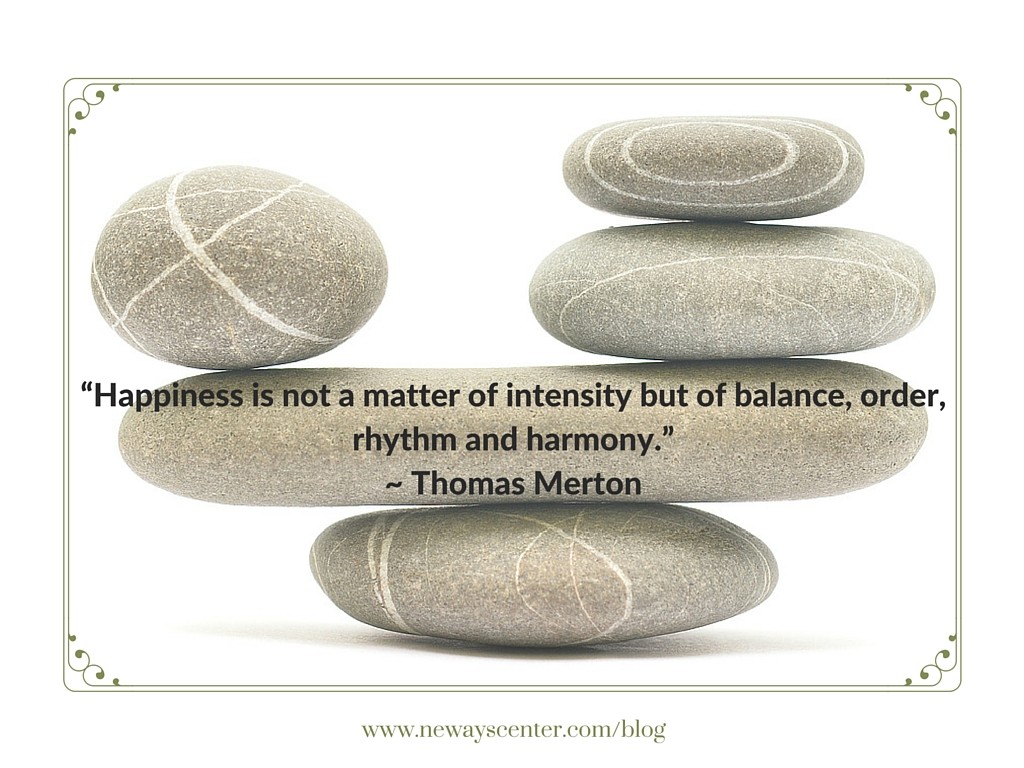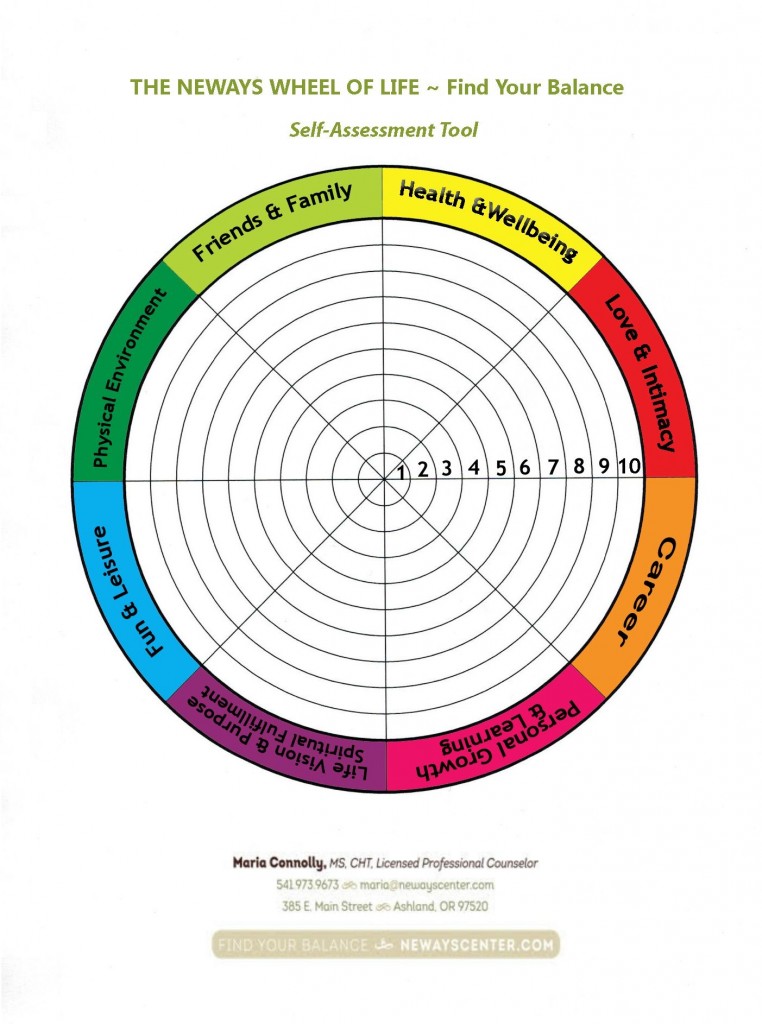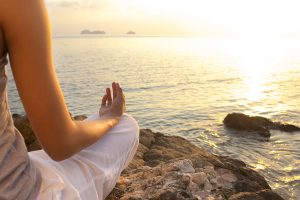The Wheel of Life – Seven Steps to Creating a Truly Balanced Lifestyle
Introducing The Neways Wheel of Life – Find Your Balance
 “It’s not enough to be busy; So are the ants. The question is: What are we busy about?” ~ Henry David Thoreau
“It’s not enough to be busy; So are the ants. The question is: What are we busy about?” ~ Henry David Thoreau
Work-Life Balance…can it really exist? There are millions of people searching for the answer to work-life balance. Since the issue of balance usually arises when one feels that something important is missing in life, this indicates that way too many people are unhappy. And shouldn’t it really be called Life-Work Balance anyway? Life is more important isn’t it?
If you don’t mind, I’d like to ask you:
- How do you define balance in your life?
- What might it look like when your life is truly balanced?
Some people look at life-work balance as a three-legged stool that needs all three legs for balance – the legs represent their physical, mental and spiritual needs. Yet this seems to oversimplify it because within those three categories are so many areas of life. And for many people, balance involves feeling like they have TIME, but don’t we all have the same amount of time? So there’s something needed that’s much deeper than just having time.
No matter what your definition of balance is, achieving a feeling of harmonious peace and happiness is really a matter of both internal and external balance.
If you’re internally balanced:
- Your inner critic is in check and it operates more like a friendly coach.
- You can methodically work on self-awareness – knowing yourself allows you to share the true you with others.
- You have awareness of your values and always operating from them.
- You check in periodically to make sure all inner parts are congruent and feel seen and listened to.
- You have a balance between taking risks and stretching beyond comfort and pursuing what is quiet and familiar.
If you are externally balanced:
- You will engage all areas of life (see The Wheel image below) that fit your lifestyle.
- You surround yourself with social support.
- You set boundaries.
- You’re comfortable with saying, “NO”.
I’d like to share seven steps that you can take to achieve greater balance…
- Define what balance is to you. Your definition will be uniquely yours.
- Identify your values by using percentages: 15% fun, 10% travel, 25% family…to see how much you require of each to be happy in an ideal world.
- Take care of basic needs: nutrition, water, sleep, exercise, vitamins and supplements.
- Regularly visit a supportive therapist, coach, or mentor.
- Make quality time for social contact.
- Block out “alone time” to be introspective, using mindfulness to get to know yourself more deeply – what your wants, needs, preferences, personality traits, and quirks are.
- Manage your energy not time! As the book, The Power of Full Engagement: Managing Energy, Not Time, Is the Key to High Performance and Personal Renewal, demonstrates, managing time is not the key. Instead, focusing on a balance of exertion and renewal helps youreach optimal performance.
Here is a tool for you to use in your quest for balance. It’s called The Neways Wheel of Life – Find Your Balance.
Click here to get your downloadable, printable PDF copy of the Neways Wheel.
This Wheel of Life is designed to visually help you develop your own definition and vision of a balanced life. Each wedge represents critical aspects of life: Friends & Family, Healthy & Wellbeing, Love & Intimacy, Career, Personal Growth & Learning, Life Vision & Purpose – Spiritual Fulfillment, Fun & Leisure, and Physical Environment.
From 1 to 10 how would you rate your satisfaction in each area of the Wheel of Life? (Please print a copy of THE Wheel of Life and fill it in with where you are right now. Keep it handy and check your progress regularly.) You’ll find that your numbers will vary. And that’s a good thing. Obtaining a perfect 10 in all categories is not the goal. Balance is not static. It’s like riding a bicycle. You only remain balanced if you keep moving forward. Remember, it’s the journey that counts. We never truly get to the destination, because our definition and vision of balance changes as we change throughout the years!
No matter where you begin, all the sections of your life are interconnected, just like the wedges on the Wheel of Life. It’s simply a matter of what you want to focus on first. If you’re craving a more balanced lifestyle, it might be time to enlist the help of a life coach who can help you fully utilize your Wheel of Life. Contact me, because I would love to work with you!


